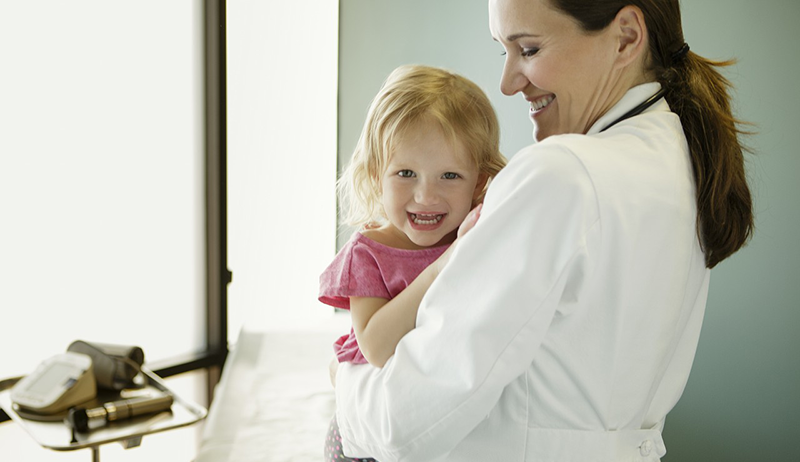Gentler Cancer Treatments Save Kids' Lives

Cancer is now the number one killer of children. But many with cancer are living healthier, longer lives thanks to treatment changes and follow-up care.
Cancer kills more American children past the age of infancy than any other illness, according to the National Cancer Institute.
In all, more than 10,000 new U.S. cases of childhood cancer are diagnosed each year — most commonly leukemias (involving blood cells), brain and other central nervous system tumors, and lymphomas (cancers that begin in the lymph nodes).
About a thousand cancer patients under the age of 15 die each year.
YOU MIGHT ALSO LIKE: The Different Types of Cancer in Children
There is good news about kids and cancer, however. Death rates have declined by more than 70 percent since 1970. The five-year survival rate for all childhood cancers combined has increased dramatically. It rose from 58 percent in the mid-1970s to 85 percent in recent years, the American Cancer Society (ACS) reports, although the survival rates still range dramatically depending on the type of cancer.
This improved outlook is the result of changes in pediatric cancer treatments, along with improved follow-up care for young cancer survivors, according to the Childhood Cancer Survivor Study headed by investigators at St. Jude Children’s Research Hospital.
For example, a study of more than 850 5-year survivors of childhood acute myeloid leukemia, diagnosed and treated between 1970 and 1999, revealed nearly 90 percent reported being in good health.
Side effects from several cancer therapies can leave young patients at increased risk for serious and even life-threatening medical conditions (including additional cancers, lung problems, and heart failure) that may not develop until years after initial cancer treatments are finished.
For certain childhood cancers with low cure rates, like high-risk neuroblastoma and bone tumors, aggressive treatments remain the best available treatments, despite the risks from strong doses of chemotherapy and intensive radiation.
But for other forms of cancer, gentler therapies have been shown to be effective — and these less toxic treatments are helping save lives, according to the St. Jude research.
Young patients who benefited the most from this evolving therapy were those diagnosed with acute lymphocytic leukemia (ALL), Hodgkin lymphoma, or Wilms tumor (a form of kidney cancer). Those malignancies make up about 30 percent of all childhood cancers diagnosed annually in the U.S.
Thanks in part to a recent reduction in the use and dose of radiation therapy and chemotherapy drugs called anthracyclines to treat these diseases, the five-year survival rate for kids with these three cancers is 90 percent or better, according to the ACS. (The ACS offers resources, news, and support for families coping with childhood cancer.)
Youngsters with ALL have benefited especially from the move away from using radiation.
As children who have been treated for cancer grow up, they now have better follow-up care than in previous years — including screenings that zero in on any increased health risks caused by past treatments.
Updated:
January 12, 2023
Reviewed By:
Christopher Nystuen, MD, MBA and Janet O'Dell, RN